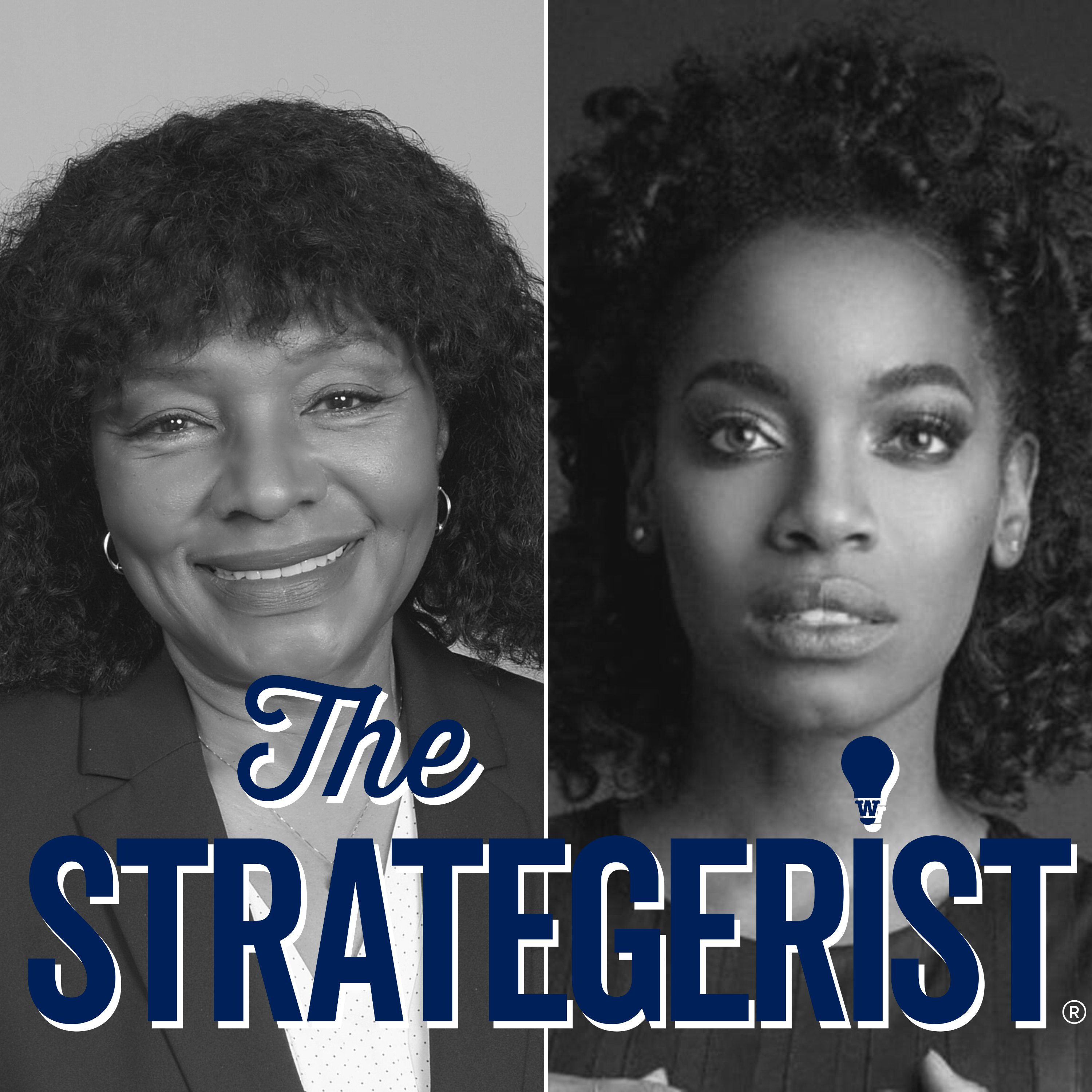Five years ago veteran Dave Smith was standing in his college apartment with a loaded shotgun in his mouth. A few weeks later, he joined his first Warrior 100K bike ride and became part of Team 43. He soon realized he was not alone and he shouldn't bury the burdens of war.
Five years ago, I was standing in the bedroom of my college apartment with a loaded shotgun in my mouth. It was the scariest night of my life. I drank every bottle of alcohol in the house and grabbed a shotgun to see what it would feel like to finally feel something. It’s something that I never thought would happen, and I still don’t understand it; it’s also something that was entirely avoidable.
A few weeks later, I joined my first Warrior 100K bike ride with the George W. Bush Institute’s Military Service Initiative and became part of “Team 43.” Team 43 made it easier for me to understand that others were facing the same challenges I was. Since that first ride, I have learned that rather than bury the burdens of war, I should address them head-on. To do this, I have made use of numerous veteran transition resources that have allowed me to become the absolute best version of myself: married to the woman of my dreams, working a job I love, and being happier than ever before.
At my most critical time the veteran resources were scattered and not connected. I had to learn about and make use of each one on my own. It was admittedly difficult navigating the thousands of veteran service organizations to figure out which were most effective. But, I found that each organization offered unique approaches to transition and wellness, and as a result, I bounced back and overcame the biggest obstacle in my life: myself.
Today, many of those resources that I used have become part of the Bush Institute’s Warrior Wellness Alliance, which consists of a series of care providers as well as some of the nation’s leading veteran peer-to-peer networks, such as Team Rubicon, Team Red White and Blue, Hire Heroes USA, and Team 43. By connecting these groups with effective medical resources and care, transitioning veterans can better connect with the people and tools that will allow them to heal and recover, as well as seek purpose, development, and personal growth.
Veterans are not a monolithic group; we have different backgrounds and experiences, therefore finding the perfect mix of resources is best solved when you have others to help you along the way, providing mentorship and guidance.
Many veterans can be reluctant to speak about their transition and to seek out services because of stigma or fear that those who lack military experience will not understand or relate. Often, veterans reaching out to other veterans is the key to showing that it’s okay to ask for help. The desired outcome of the Warrior Wellness Alliance is that more veterans will understand that it’s OK to ask for help, and they will have better access to care and resources they need.
Everyone makes mistakes in combat and wishes that they could have done things differently, but this isn’t a video game and we don’t get to hit the reset button. Simply living with fear, anger, guilt, shame or whatever else keeps you up at night and hoping that things will get better isn’t a solution. Seeking out the right resources is a solution and one you will thank and respect yourself for. Invisible wounds are the most painful and cause us the most damage while they remain hidden. But, once you are willing to open up, seek help, admit what’s bothering you and work towards a solution, they heal rather quickly.
If there is one key lesson that I’ve learned over these five years, it’s that vulnerability is strength. You can’t overcome obstacles if you’re not willing to admit they exist and usually you’ll need help getting over them. For me, much of the help came from my experience with Team 43 and the W100K.






























